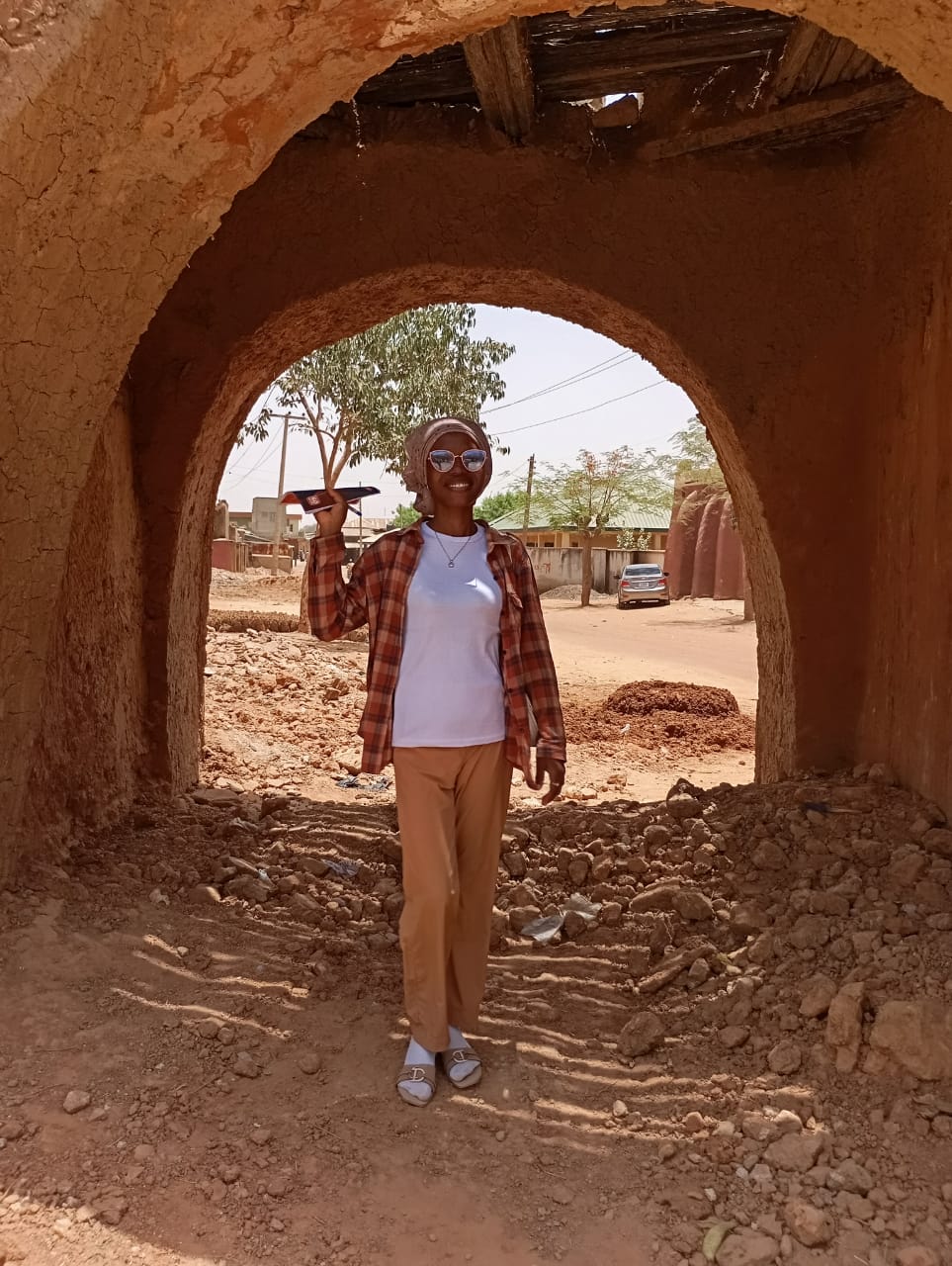MY VISIT TO THE FAMOUS KATSINA THREE GATES.

By Taibat Ummi yakubu @ Katsina times
The Kofa Uku area hosts a significant chapter in the educational history of Northern Nigeria. The first school in Katsina was established during the reign of Lord Lugard, who served as the High Commissioner of the Northern, Protectorate from 1900 to 1906. This institution was officially inaugurated on March 5, 1920, by Sir Hugh Clifford, who held office from 1919 to 1925.
At that time, the northern population was knowledgeable in Islamic education but lacked proficiency in Western education, which created a pressing need to teach the English language alongside Arabic. Sir Hugh Clifford and his team sought a location that would be free from distractions, away from the railway and business centers, leading them to establish the school in Katsina State. This institution was later named Katsina Training College in 1920.
The primary purpose of the college was to train teachers in administration and accounting, nurturing local leadership. The faculty consisted of teachers from Britain and the Caribbean who instructed in English, while indigenous Nigerians taught Hausa and Arabic. The first students were enrolled in 1921, primarily the children of the emirates, as many ordinary Northerners were hesitant about the new educational system.
Among the inaugural students were many prominent figures, including the late Emir of Katsina, Alhaji Usman Nagogo, Musa Yar’Adua, Mallam Isah Kaita—the first Minister of Education from the North—Alhaji Ahmadu Bello, the Sardauna of Sokoto, Alhaji Tafawa Balewa, Nigeria's first Prime Minister, and Alhaji Abdulrahman Okene, among others. Despite a 70-year gap before Western education was introduced in the North, the school produced numerous leaders who went on to play vital roles after Nigeria's independence.
In 1938, the school was relocated to Kaduna, where it became Government College, Kaduna. During the Nigerian Civil War, students had to move to the railway center for safety. Post-war, the environment posed challenges for studying, prompting another relocation to Zaria, where it was renamed Government Secondary School Zaria in 1948. Eventually, in 1958, the institution was again renamed Barewa College, Zaria.
Barewa College has undeniably produced many of Nigeria’s great leaders, as numerous early political figures were alumni. In 1948, after moving to Zaria, the Zaria Friendly Club was established.
Politics in Nigeria has its roots in this college, which relocated to Zaria in 1948. The Zaria Friendly Club was established with the aim of discussing national issues. As the number of students grew—along with non-students joining the club—it was renamed "Kungiyar Mutanen Arewa" by Muhammad Kusau, which is in Hausa. Later, it was changed to the English name, NPC—Northern People's Congress. The Congress was led by Sir Abubakar Tafawa Balewa, with Alhaji Ahmadu Bello serving as the Secretary.
Additionally, the Nigerian Teachers Association, which later became known as the Nigerian Union of Teachers (NUT), was initiated by Alhaji Tafawa Balewa. This development contributed significantly to the growth of the country, as it produced politicians, academics, and various leaders.
Today, this site has been declared a National Monument. It houses various historical artifacts, including a gallery, items used during the civil war, drums utilized by our ancestors, and much more.
At the day of my visit the place Is under renovation by Katsina State government.
Taibat is NYSC member serving at Katsina times media group.

